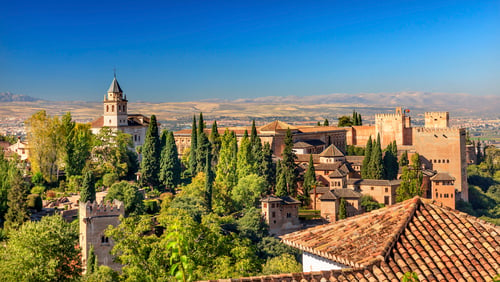But authorities at the ancient Moorish monument are now making a bid for a different type of visitor; one that will fill jasmine-scented nights with hoots and whistles.
The trustees have approved a plan to reintroduce owls into the Arabic gardens by installing 22 wooden nest boxes to provide roosts for the nocturnal residents.
La Alhambra instala 22 cajas nido en el Bosque para que habite el ave rapaz más pequeña de la Península: el autillo https://t.co/77whaMcbrO pic.twitter.com/VJZGokZqt0
— Alhambra de Granada (@alhambracultura) August 28, 2017
“We need to place the same value on nature conversation as we do on cultural treasures,” explained a press release from the board of trustees.
Conservationalists hope to encourage two species of owls to take up residence among the pines and eucalyptus in the formal gardens.
Two boxes have already provided homes for tawny owls – one of the most common nocturnal birds of prey in Europe whose call is the easily recognizable twit-twoo.
They hope also to encourage a colony of scops owls to settle – the smallest species of birds of prey on the Iberian penisula, whose call is a high pitched whistle.



 Please whitelist us to continue reading.
Please whitelist us to continue reading.